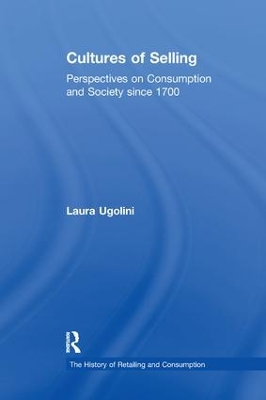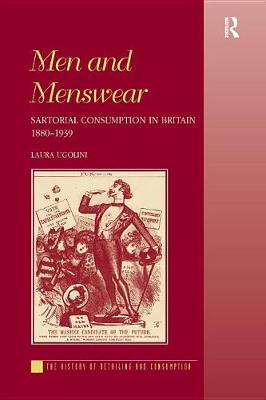The History of Retailing and Consumption
2 total works
The study of consumption and its relationship to cultural and social values has become a vibrant and important field in recent years. Hitherto however, relatively few detailed and full length works on this topic have been published. In what will become a seminal volume, this book examines retail selling in various historical contexts and locations, as both an activity at once 'mundane' and almost universal. The book introduces the reader to the existing literature relevant to the subject; and explores the widespread perceptions of moral ambiguity surrounding the practice of selling consumer goods - ranging from concerns about the adulteration of goods, to fears about sharp practice on the part of retailers - and places such concerns in the context of wider societal values and ideas. The ambivalence towards retail selling and sellers is also a central focus of the collection, focussing on the attempts by retailers to develop selling techniques and successful practices of salesmanship, and at the same time establish widely-shared understandings of 'good' retailing. The book also delves into the more dubious practices of retail selling, including practices on the margin of legality, the issue of credit and changing attitudes towards debt. Uniquely the book examines how sales techniques relate to the wider context of a whole shopping 'experience' or shopping environment. Taken as a whole, this volume will provide a first port of call for students, researchers and others interested in exploring consumer cultures, and the cultural norms and practices involved in the sale of consumer goods in various historical periods and geographical contexts.
Despite increasing academic interest in both the study of masculinity and the history of consumption, there are still few published studies that bring together both concerns. By investigating the changing nature of the retailing of menswear, this book illuminates wider aspects of masculine identity as well as patterns of male consumption between the years 1880 and 1939. While previous historical studies of masculinity have focused overwhelmingly on the moral, spiritual and physical characteristics associated with notions of 'manliness', this book considers the relationship between men and activities which were widely considered to be at least potentially 'unmanly' - selling, as well as buying clothes - thus shedding new light on men's lives and identities in this period.

